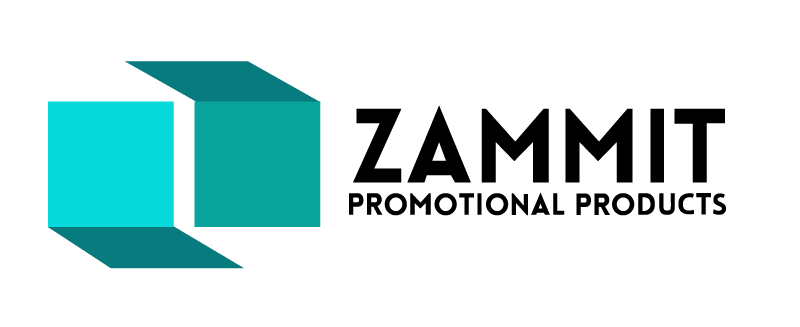It is the technique a company uses to track the decreasing value of aging assets. Another example involves a tech company purchasing office furniture for $10,000, expected to last ten years with no salvage value. These scenarios illustrate how businesses can evenly distribute asset costs, streamlining financial reporting and aligning expenses with usage. Adherence to accounting standards like GAAP or IFRS is essential for consistency and comparability in financial reporting. These standards allow stakeholders to assess a company’s financial health effectively.
Qualified Business Use
Then the depreciation expenses that should be charged to the build are USD10,000 annually and equally. This method does not apply to the assets that are used or performed are different from time to time. If you want to take the equation a step further, you can divide the annual depreciation expense by twelve to determine monthly depreciation. This step is optional, but it can shed light on monthly depreciation expenses.
What Method Can You Use To Depreciate Your Property?
It is most suitable for assets with consistent usage and long-term benefits. While it may not reflect actual wear and tear for all assets, its ease of application makes it a popular choice in financial reporting. Straight-line depreciation is a simple method for calculating how much a particular fixed asset depreciates (loses value) over time. While the straight-line method of depreciation offers simplicity and consistency in your accounting practices, it’s important to understand its limitations to manage your business assets effectively.
When an asset is disposed of, adjustments ensure financial records accurately reflect this. Removing the asset’s cost and accumulated depreciation from the books is crucial for reporting any gain or loss on disposal. For example, if an asset costing $50,000 with $30,000 accumulated depreciation is sold for $25,000, a $5,000 gain is recognized, affecting net income. Straight line basis, also called straight line depreciation, refers to a measure of determining depreciation and amortization on assets.
- He has worked as an accountant and consultant for more than 25 years and has built financial models for all types of industries.
- The sales contract showed that the building cost $100,000 and the land cost $20,000.
- In total the amount of depreciation over the life of the asset will be the same as straight-line depreciation.
- The book value of an asset is the amount of cost in its asset account less the accumulated depreciation applicable to the asset.
What qualifies as a depreciable asset?
Let’s illustrate the straight-line depreciation calculation with https://monteaglewinery.com/tag/company an example. Suppose a company acquires a machine for their production line at a cost of $100,000. The estimated salvage value at the end of its useful life is projected to be $20,000, and the machine is expected to be operational for 5 years. Straight line depreciation is a method used to allocate the cost of a capital asset over its useful life.
Deductions for Passenger Automobiles Acquired in a Trade-In
As a result these items are not reported among the assets appearing on the balance sheet. You should consider our materials to be an introduction to selected accounting and bookkeeping topics (with complexities likely omitted). We focus on financial statement reporting and do not discuss how that differs from income tax reporting. Therefore, you should always consult with accounting and tax professionals for assistance with your specific circumstances. In other words, the depreciation on the manufacturing facilities and equipment will be attached to the products manufactured. When the goods are in inventory, some of the depreciation is part of the cost of the goods reported as https://corpsebridefansite.com/will-prequels-sequels-and-remakes-kill-the-movie-trade.html the asset inventory.
Time Value of Money
See Figuring the Deduction for Property Acquired in a Nontaxable Exchange in chapter 4 under How Is the Depreciation Deduction Figured. After you figure your special depreciation allowance for your qualified property, you can use the remaining cost to figure your regular MACRS depreciation deduction (discussed in chapter 4). Therefore, you must reduce the depreciable basis of the property by the special depreciation allowance before figuring your regular MACRS depreciation deduction. In January 2022, Paul Lamb, a calendar year taxpayer, bought and placed in service section 179 property costing $10,000.
Step 3: Subtract the salvage value from the purchase price
The property is in service 4 full months (September, October, November, and December). You refer to the MACRS Percentage Table Guide in Appendix A to determine which table you should use under the mid-quarter convention. The machine is 7-year property placed in service in the first quarter, so you use Table A-2. The furniture is 7-year property placed in service in the third quarter, so you use Table A-4. Finally, because the computer is 5-year property placed in service in the fourth quarter, you use Table A-5.
- On April 6, Sue Thorn bought a house to use as residential rental property.
- You did not claim a section 179 deduction and the property does not qualify for a special depreciation allowance.
- Depreciation allowed is depreciation you actually deducted (from which you received a tax benefit).
- You cannot use MACRS for property you placed in service before 1987 (except property you placed in service after July 31, 1986, if MACRS was elected).
- The recovery period of property is the number of years over which you recover its cost or other basis.
Straight-line depreciation can be applied to most assets with a predictable and consistent loss of value, such as office furniture and buildings. However, it’s not ideal for assets that depreciate quickly or have usage-dependent value loss, like vehicles or production machinery. These may be better suited to other methods such as declining balance or units of production. Monthly depreciation is not mandatory but can provide a more accurate reflection of financial https://tenutemazza.com/bookkeeping-accounting.html performance, especially beneficial for businesses needing detailed monthly reports. It spreads the asset’s cost more evenly over its useful life, aligning expenses with monthly revenue. This practice supports better cash flow management and enhances budget accuracy.


